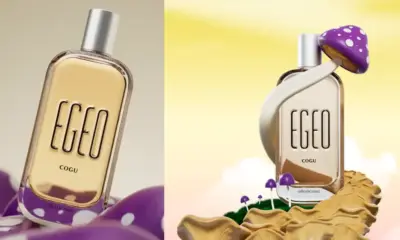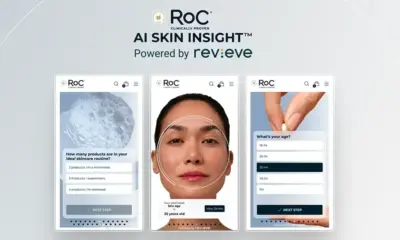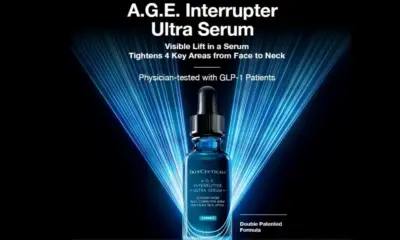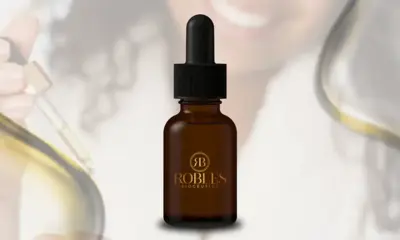Policy & Regulation
Scientists Express Urgent Concerns and Advocate for Microplastic Alternatives in Light of Growing Eco-Friendly Innovations
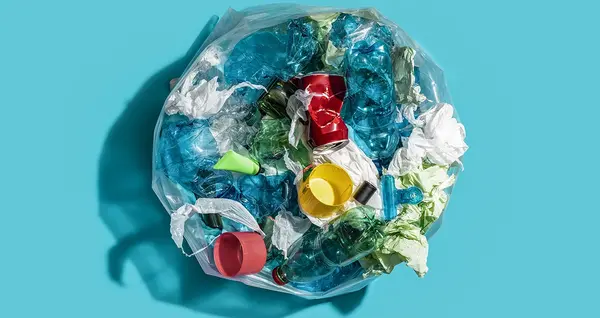
Researchers at Aristotle University of Thessaloniki in Greece are expressing significant concern over the presence of microplastics in personal care and cleaning products, urging for regulatory measures to address contamination while introducing new alternatives. These microplastics, they warn, not only contribute to environmental pollution but may also pose health risks to humans.
Microplastics are tiny plastic particles, measuring less than 5 millimeters, that are commonly found in various consumer products, including facial scrubs and shampoos. They serve multiple functions in personal care and cosmetic items, such as stabilization and exfoliation. These particles can either be deliberately included in products or result from the breakdown of larger plastic materials. Despite their effectiveness, their environmental impact is concerning, as highlighted in the study published in Cosmetics.
As the beauty industry seeks to eliminate microplastics, there is a growing emphasis on sustainable and biodegradable alternatives that can deliver the same benefits without the associated ecological risks.
The researchers advocate for the development and adoption of biodegradable glitters and natural exfoliants as positive steps forward.
Innovative Natural Microbead Alternatives
While microbeads from cosmetics represent less than 3% of total microplastic pollution, their persistence in marine environments poses significant ecological challenges, as they often evade wastewater treatment processes.
To replace microbeads with natural and sustainable options, scientists propose using algae-derived phytomolecules as potential substitutes.
One example is alginates, which are salts obtained from alginic acid found in the cell walls of marine algae. “When combined with divalent cations, alginates can create a gel-like structure that offers similar integrity and form to microbeads,” the paper explains.
Another option is a new type of encapsulated microbead made from seaweed polysaccharides, which is designed to deliver curcumin in exfoliating bio-cosmetic products.
Other familiar alternatives include materials such as coffee grounds, apricot shells, walnut shells, kiwi seeds, and soluble cellulose beads.
Biodegradable Biopolymer Alternatives
In the quest for sustainable substitutes, interest in biopolymers—made from renewable resources and known for their biodegradability and reduced environmental impact—has surged, according to the researchers.
The study highlights biopolymers as an emerging alternative to synthetic microbeads. For instance, chitosan-based beads are noted for their enhanced cleansing capabilities compared to traditional polyethylene microbeads, as they can be fully degraded by microorganisms, enzymes, and seawater.
Chitin-derived beads also effectively release bioactive compounds, making them suitable for cosmetic applications alongside biodegradable polylactic acid microbeads, developed through an eco-friendly melt-electrospraying method. These have demonstrated lower adsorption of persistent organic pollutants, high skin hydration, and minimal irritation.
Furthermore, microbeads derived from a class of bacterial polyesters known as polyhydroxyalkanoates (PHAs)—including PHBHV and PHBHHx—show promise for cosmetic use due to their biocompatibility and rapid biodegradation in marine environments without negatively affecting plant growth.
Despite the emergence of alternatives to microplastics, scientists emphasize the need to ensure that these options do not introduce new environmental challenges. This can be assessed through a life-cycle evaluation of the alternatives.
Environmental and Health Concerns
The study asserts that microplastics in cosmetics significantly contribute to pollution in aquatic ecosystems due to their pervasive presence.
These particles can release harmful chemicals and impact marine life for centuries by entering waterways through sewage and runoff. Once released into the environment, they are difficult to remove and can accumulate in marine organisms, potentially entering the human food chain.
Researchers caution that microplastics’ strong adsorption capabilities allow them to attract and transport hazardous persistent organic pollutants (POPs), which can build up in the tissues of marine organisms, posing health risks along the food chain, including to humans.
Evidence indicates that microplastics can cause physical harm to organisms and lead to toxic effects.
The study also raises concerns about particles smaller than 100 nanometers, known as nanoplastics, which may present additional risks beyond those posed by microplastics. As microplastics degrade into nanoplastics, their small size allows them to penetrate cell membranes, potentially causing cytotoxic effects. However, the researchers note a gap in understanding their full impact on human health and the environment due to limitations in current methodologies.
Regulatory Pressure Fuels Innovation
The researchers observe that legislative proposals to limit or ban the use of microplastics in cosmetics have emerged in response to increasing concerns.
For example, the EU implemented a ban on microplastics in rinse-off cosmetics and glitter last year to mitigate their environmental impact. In 2019, the European Chemicals Agency (ECHA) proposed further restrictions, predicting a reduction of about 400,000 tons of microplastics released over the next two decades.
Major companies, including L’Oréal, Colgate-Palmolive, Unilever, Johnson & Johnson, Beiersdorf, and Procter & Gamble, committed in 2013 to eliminate microbeads from their products.
TAG:



